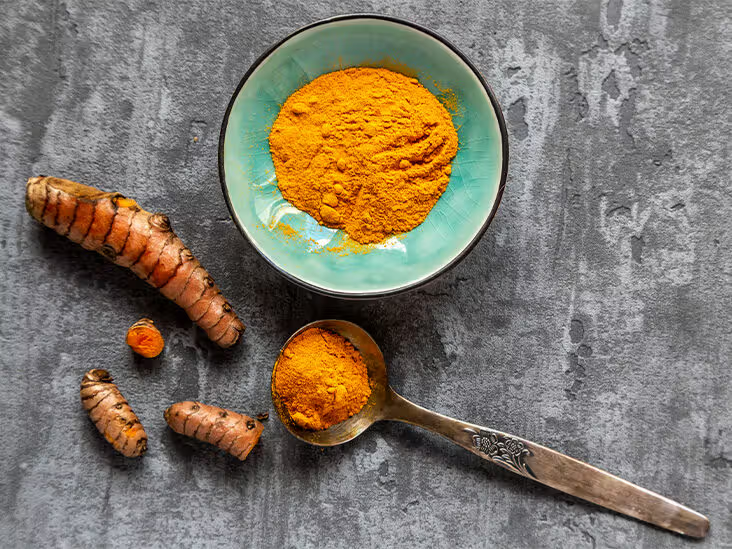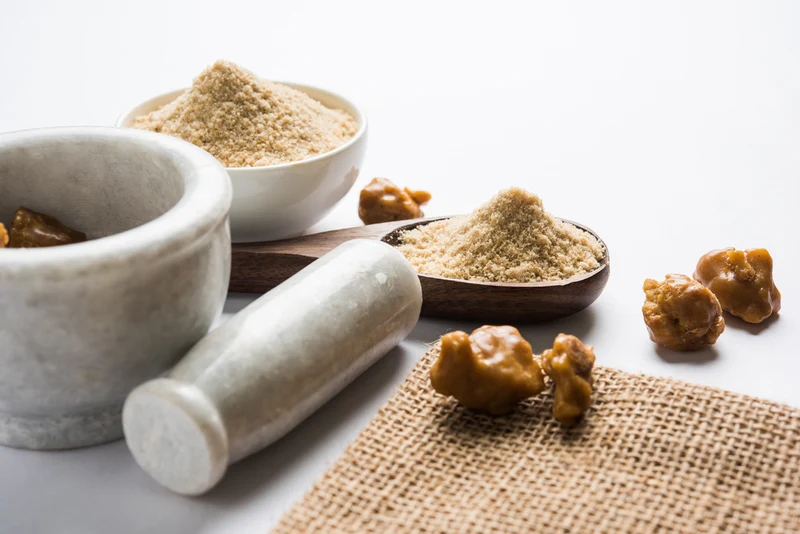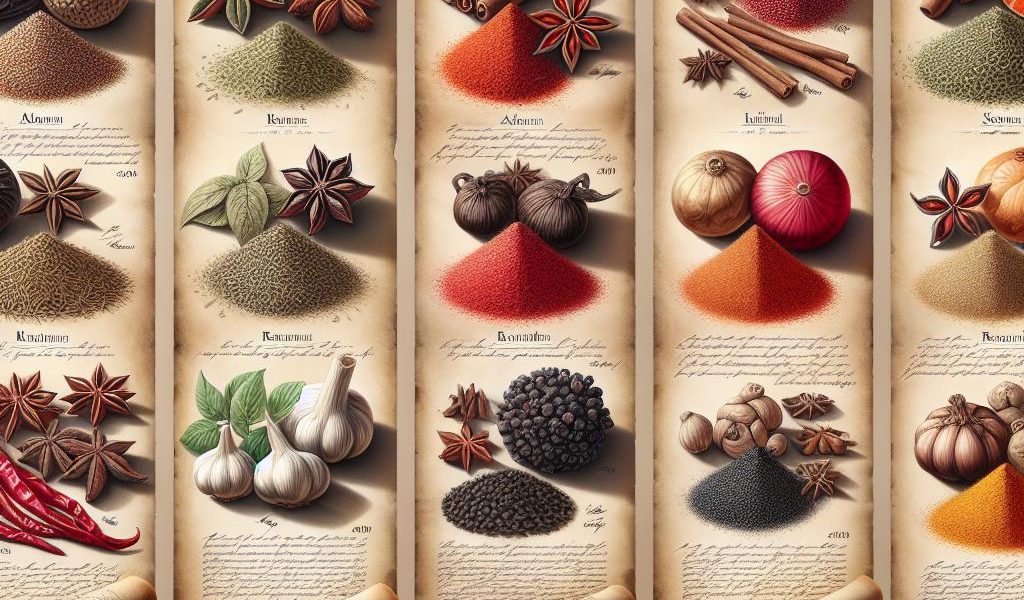Indian cuisine is renowned for its bold, complex flavors, and much of this richness comes from the diverse array of spices used in cooking. Spices are the heart of Indian cooking, not only for their flavors but also for their health benefits. Here’s an exploration of some of the most popular Indian spices and how they are used to create iconic dishes.

Turmeric
Turmeric is perhaps the most well-known Indian spice globally, recognized for its vibrant yellow color and earthy, slightly bitter flavor. It is a key ingredient in curry powders and masalas and is often used to add color and depth to dishes. Turmeric has powerful anti-inflammatory properties and is often used in both savory and sweet dishes. It’s found in lentil stews like dal, as well as in rice dishes like biryani. Turmeric is also integral to traditional Ayurvedic medicine.
Cumin
Cumin seeds have a warm, slightly nutty flavor with a hint of citrus. It is used in both whole and ground forms and is a staple in many Indian spice blends like garam masala. Cumin is perfect for tempering oil to start a dish, often added to hot oil with mustard seeds, creating a fragrant base for curries, soups, and stews. Cumin is also known for its digestive benefits and is a common ingredient in Indian chai.
Coriander
Coriander, both the seeds and the fresh leaves (often called cilantro), is a bright, citrusy spice that adds a fresh, fragrant flavor. Coriander seeds are used in ground form to season curries, chutneys, and vegetable dishes. Fresh cilantro leaves are used as a garnish to add a burst of freshness to dishes like dal, biryani, and raita. The seeds also have digestive benefits and are often included in spice blends like garam masala.

Cardamom
Cardamom, often referred to as the “queen of spices,” has a unique sweet and aromatic flavor. It is used in both sweet and savory dishes, making it incredibly versatile. Green cardamom pods are often used to flavor chai, rice dishes, and desserts like rice pudding (kheer) and ladoos. Its intense fragrance adds complexity to the flavor profile of many dishes, both in Indian cooking and in Middle Eastern and Scandinavian cuisine.
Mustard Seeds
Mustard seeds, whether yellow, brown, or black, are a common ingredient in Indian tempering, where they are fried in hot oil to release their pungent, spicy flavor. They add depth and heat to vegetable dishes, pickles, and curries. Mustard seeds are often paired with curry leaves and dried red chilies in Indian cooking to create a flavorful base.
Fenugreek
Fenugreek is a bitter, slightly sweet spice used in Indian cooking in both seed and leaf form. Fenugreek seeds are often included in spice blends like garam masala, while the leaves (known as kasuri methi) are used to add flavor to dishes like butter chicken, dal, and parathas. Fenugreek is also believed to have various health benefits, including aiding digestion and regulating blood sugar.

Asafoetida
Asafoetida, often referred to as hing, is a pungent, sulfurous spice that adds a savory, umami flavor when used in small amounts. It is typically added to hot oil during tempering and is commonly used in vegetarian dishes, especially in lentil-based curries, since it helps aid digestion and reduce gas.
Indian spices not only provide incredible flavor but also offer numerous health benefits, making them an essential part of the cuisine. Whether you’re preparing a classic curry, spiced rice, or a dessert, these spices add warmth, complexity, and depth, transforming simple ingredients into flavorful meals.

